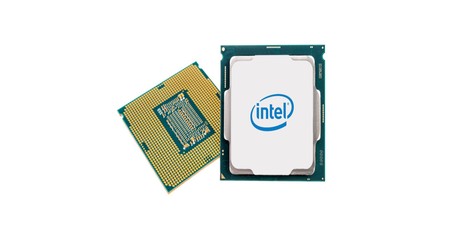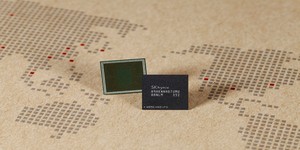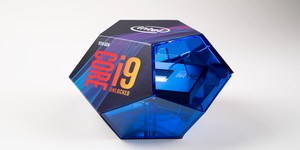Intel CPU shortages could see RAM prices drop
September 12, 2018 | 11:06
Companies: #dramexchange #intel #taiwan-semiconductor #trendforce

Market watcher TrendForce's DRAMeXchange division has confirmed shortages of selected Intel processors, while rumours circle that the company is outsourcing some production to Taiwan Semiconductor (TSMC), but claims it may be a good thing for those looking to pick up memory modules later in the year.
Rumours, as-yet unaddressed by the company itself, have been swirling suggesting that Intel is struggling to meet demand for selected processor lines. The latest have even pointed to a deal with Taiwan Semiconductor (TSMC) to produce selected Intel parts under licence as a means of quickly boosting production. Industry analyst TrendForce has now weighed in, claiming that not only is the CPU shortage real but that it may have a measurable impact on the cost of memory components going forward.
'PC-OEMs [Original Equipment Manufacturers] are now finding an insufficient supply of Whiskey Lake CPUs, which has disrupted vendors’ notebook shipment plans for this year’s second half,' TrendForce's DRAMeXchange division claims. 'The precise reason behind the shortage of Intel CPUs is currently unclear because the problem simultaneously affects the newly arrived CPU product lines and product lines that have been in the market for some time.
'The affected products include the improved version of 14nm++ and product lines based on the 14nm+ Coffee Lake platform, which has been in mass production for half a year and is one of the solutions for mainstream models in the notebook market. The lack of supply for existing CPU product lines is having a significant impact on the notebook market as a whole. TrendForce estimates that the CPU supply gap in the notebook market has increased from around 5 percent in August to 5-10 percent in September. There is a possibility that the supply gap may extend to over 10 percent in 4Q18, and the shortage is expected to be resolved rather later in 1H19.'
While shortages are bad news for Intel and anyone looking to pick up an affected Intel processor, the issue could prove a win for two other market segments. Intel rival AMD has an opportunity to fill a gap, though few of its recent launches concentrate on the ultra-portable and low-power segments, while TrendForce's analysis claims that there is likely to be a knock-on effect on DRAM and NAND flash memory pricing.
Previously, the organisation had suggested that DRAM product contract pricing could drop by around two percent quarter-on-quarter in the fourth quarter of the year; now it has revised that to a larger but unspecified pricing drop - and has extended it to predict an oversupply, and thus price drop, in NAND flash components too.
Intel has not publicly commented on the rumours, nor on TrendForce's analysis.

MSI MPG Velox 100R Chassis Review
October 14 2021 | 15:04








Want to comment? Please log in.